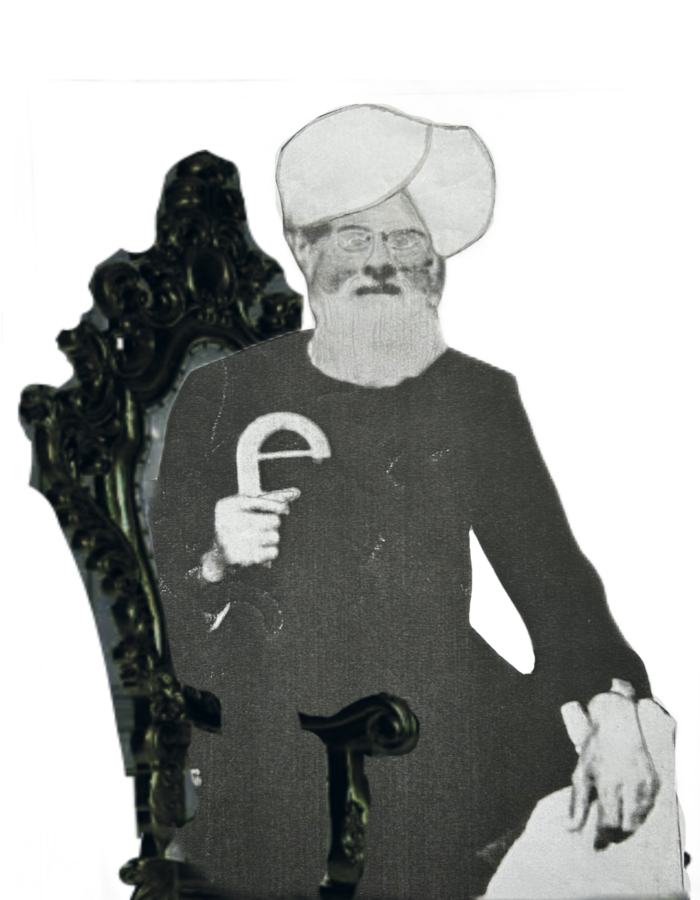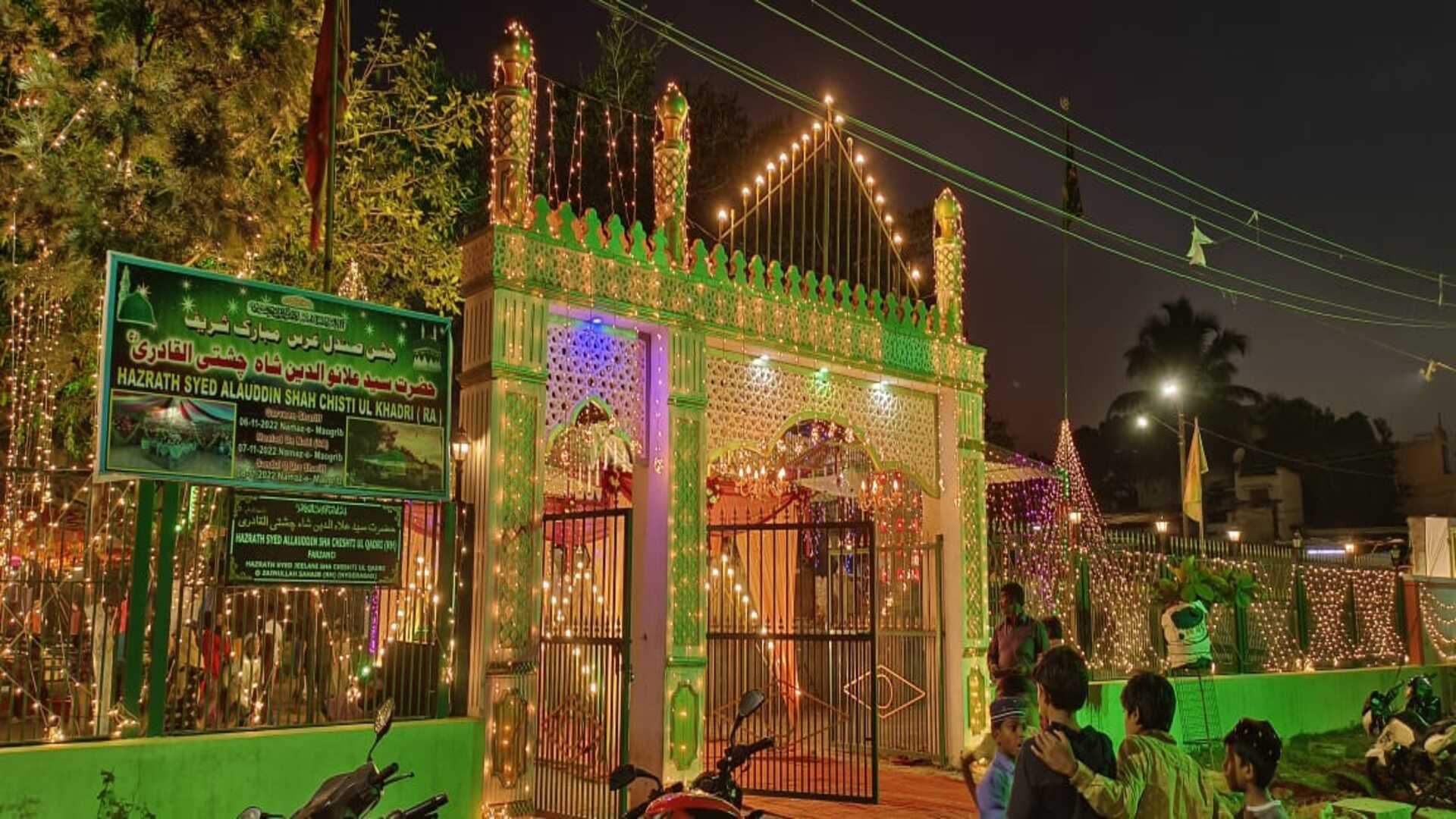
A Sacred Place of Faith & Devotion
Welcome to Hazrath Syed Allauddin Shah Qadri (RA) Dargah Shareef
Discover More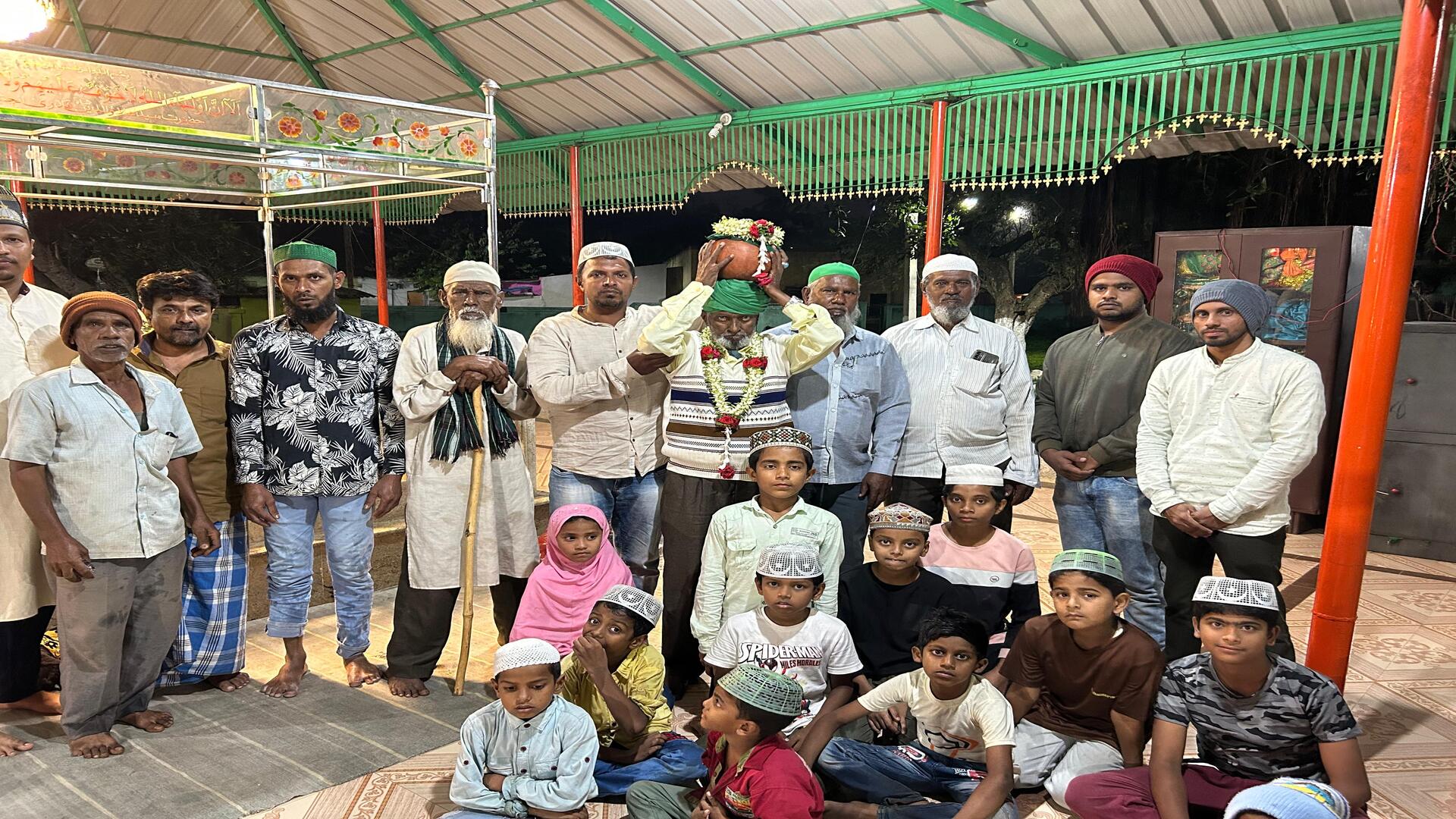
Spiritual Guidance for Every Soul
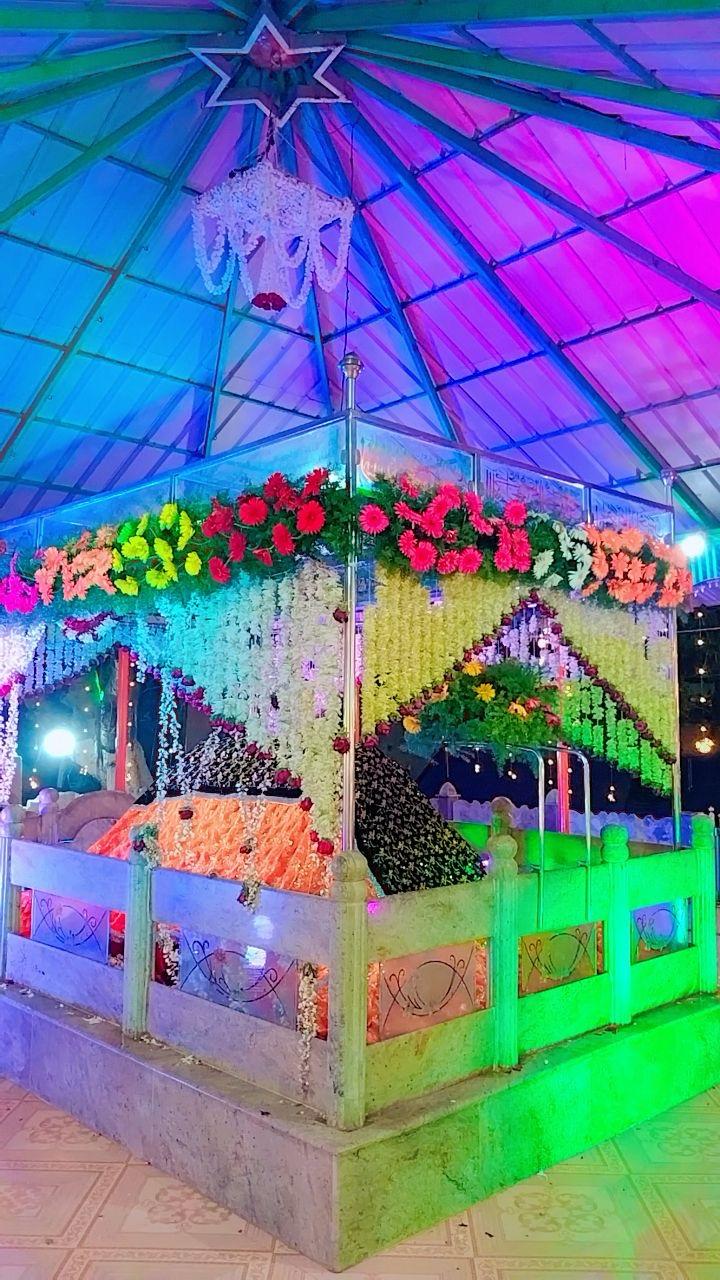
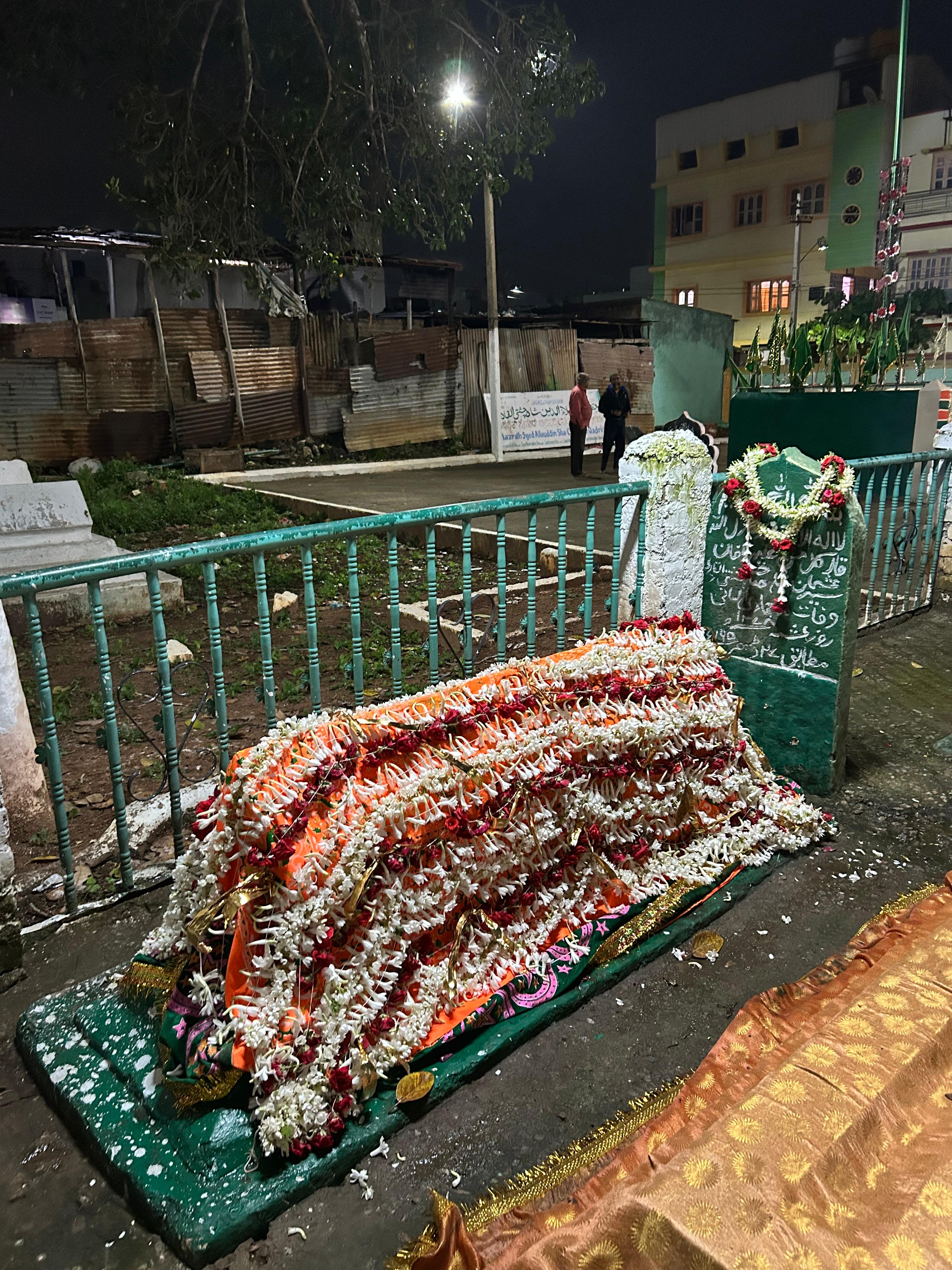
About Us
Mysore, the renowned Dargah of Mysore, is dedicated to the revered saint who originated from Baghdad, Iraq. As a direct descendant of Khudbul Aftab Mahbub e Subhani, Ghaus as Saqlain, Piran e Peer Hazrath Sheikh Abdul Qadir Jilani Al-Baghdadi (RaziAllah Talaanhu wa Rahimahu), Hazrath Syed Allauddin Shah Qadri (RA) was a great Qutub of his time.
People would gather at his holy feet to seek solutions to their problems and to receive superior sermons from this great Qutub, who was the ocean of Irfan and the Mazhar of Wilayath.
Hazrath Syed Akhil Shah Qadri (RA) from Chanpatana, Karnataka
Hazrath Syed Jamaluddin Shah Chishti-ul-Qadri (RA) from Andhra Pradesh
Hazrat Haider Ali Khan Bahadur, the father of Maharaja-e-South India Hazrat Tipu Sultan Shaheed, was greatly inspired by many faqeers, alims, Sufis, and mashayakhs. Upon learning about Hazrath Syed Allauddin Shah Qadri (RA), a great Fakir and Sufi in Mysore, Hazrat Haider Ali Khan Bahadur (RA) visited him and paid his respects with great obedience (adab).
Hazrat Haider Ali Khan Bahadur (RA) confessed that although he had met several peers and faqeers, he desired to understand the true meaning of a faqeer of Allah. He humbly requested Hazrath Syed Allauddin Shah Qadri (RA) to enlighten him on this subject."
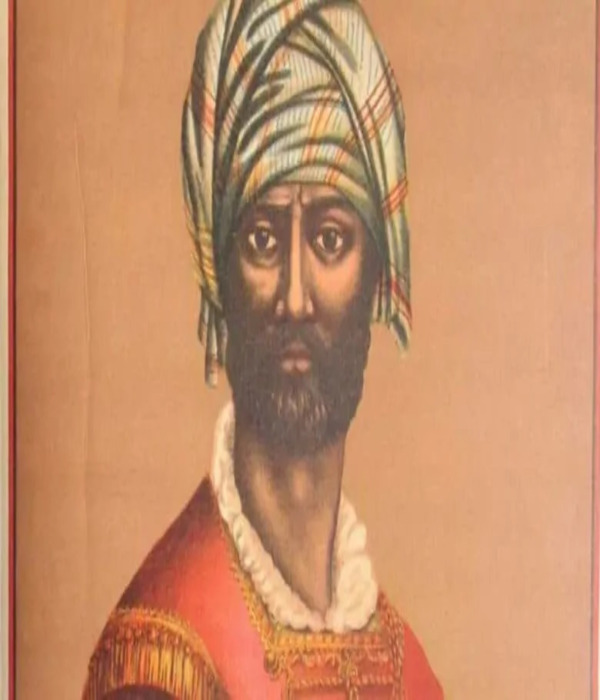
Legacy & Significance
Nawab Hyder Ali Khan Bahadur was a fearless military leader and a visionary ruler of Mysore. Known for his strategic mind and resistance against British colonial power, he played a key role in transforming Mysore into a powerful kingdom. His era is marked by alliances with spiritual figures such as Hazrat Syed Allauddin Shah Qadri (RA), whose spiritual presence enriched the land of Mysore.
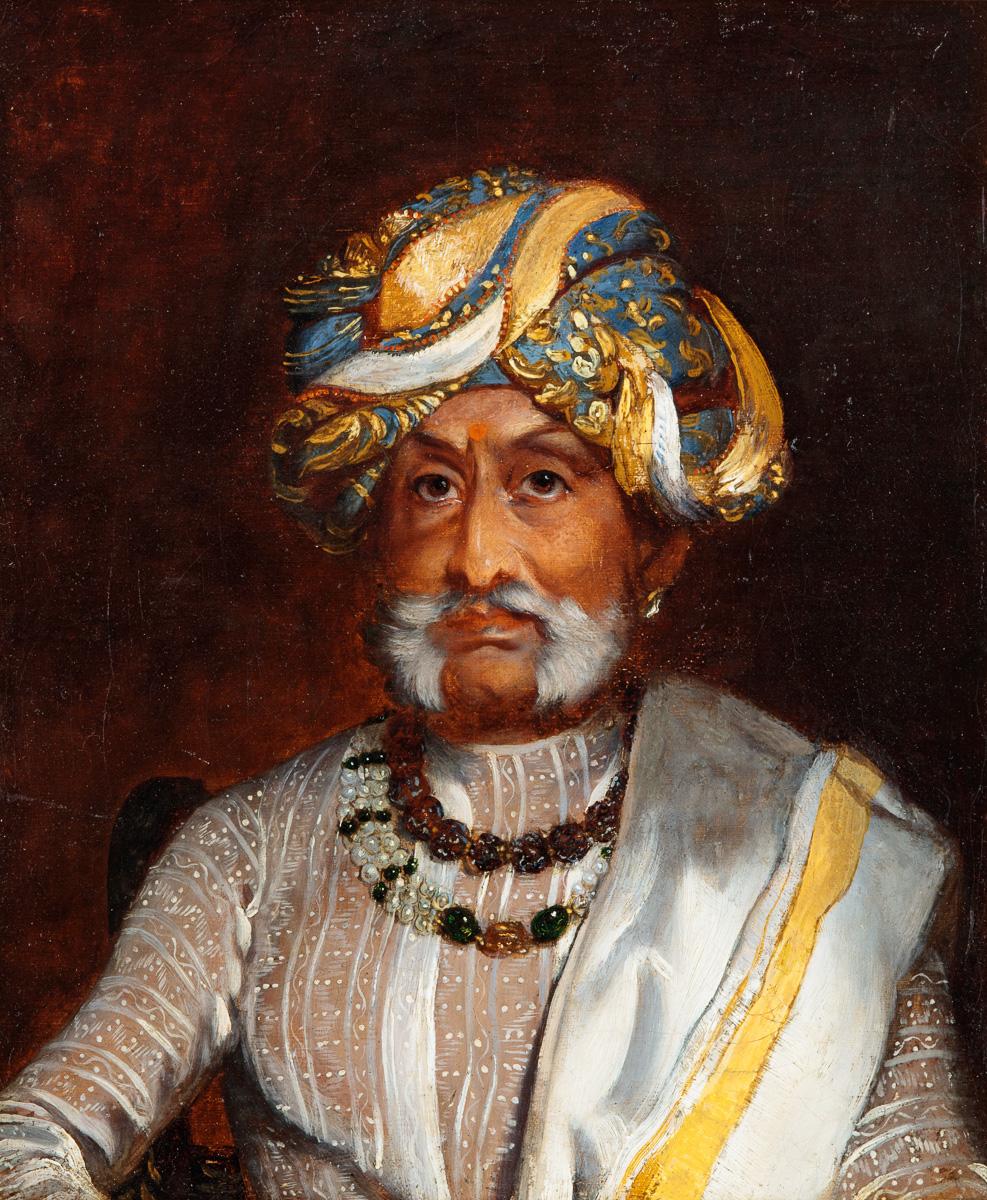
Royal Heritage
Following the fall of Srirangapatna and the death of Hazrat Tipu Sultan in 1799 during the Fourth Anglo-Mysore War, the British reinstated the Wadiyar dynasty to the throne. On June 30, 1799, the five-year-old Mummadi Krishnaraja Wadiyar was crowned as the Maharaja of Mysore.
Dewan Purniah, Tipu Sultan’s loyal Prime Minister, was retained by the British and entrusted with the administration of the state until the young king came of age. This marked the beginning of the Wadiyar Restoration, during which Mummadi Krishnaraja Wadiyar emerged not just as a ruler but as a patron of art, architecture, music, and education.
His reign laid the foundation for Mysore’s cultural renaissance. He contributed significantly to the development of Mysore Palace, Kannada literature, traditional painting, and the courtly support of Carnatic music.
After taking the oath, the Maharaja of Mysore and Dewan Purniah visited the esteemed Sufi saint Hazrat Syed Allauddin Shah Qadri (RA) to discuss Sufism and important personal matters concerning the state.
During their meeting, the Maharaja witnessed several miracles performed by Hazrat Syed Allauddin Shah Qadri (RA), who was also affectionately known as Lukmane Hakeem, a skilled Ayurvedic doctor. He resided in Survey Nos. 39, 42, 43, and 44, serving the community with spiritual wisdom and healing.
This meeting symbolized the deep connection between Mysore’s rulers and Sufi traditions, highlighting how spiritual guidance influenced governance and the wellbeing of the people.
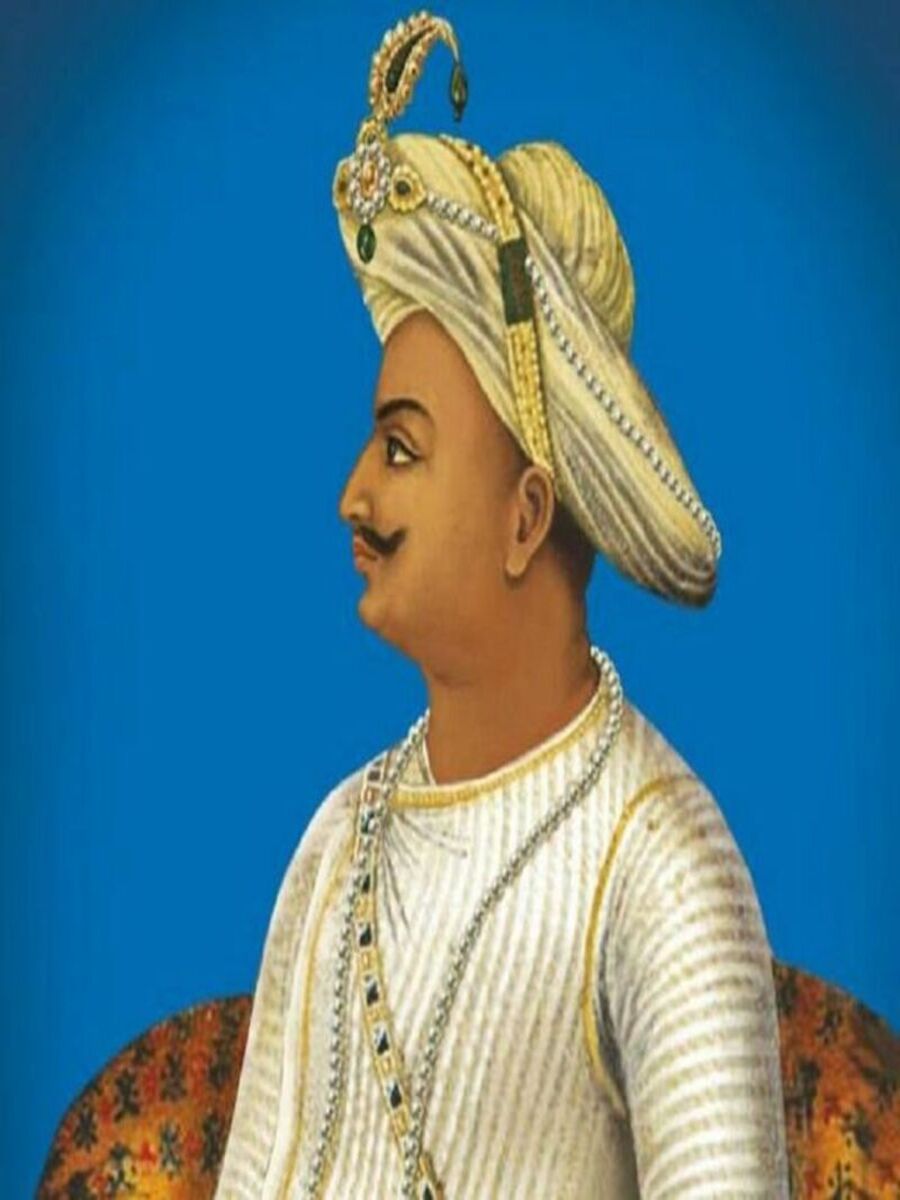
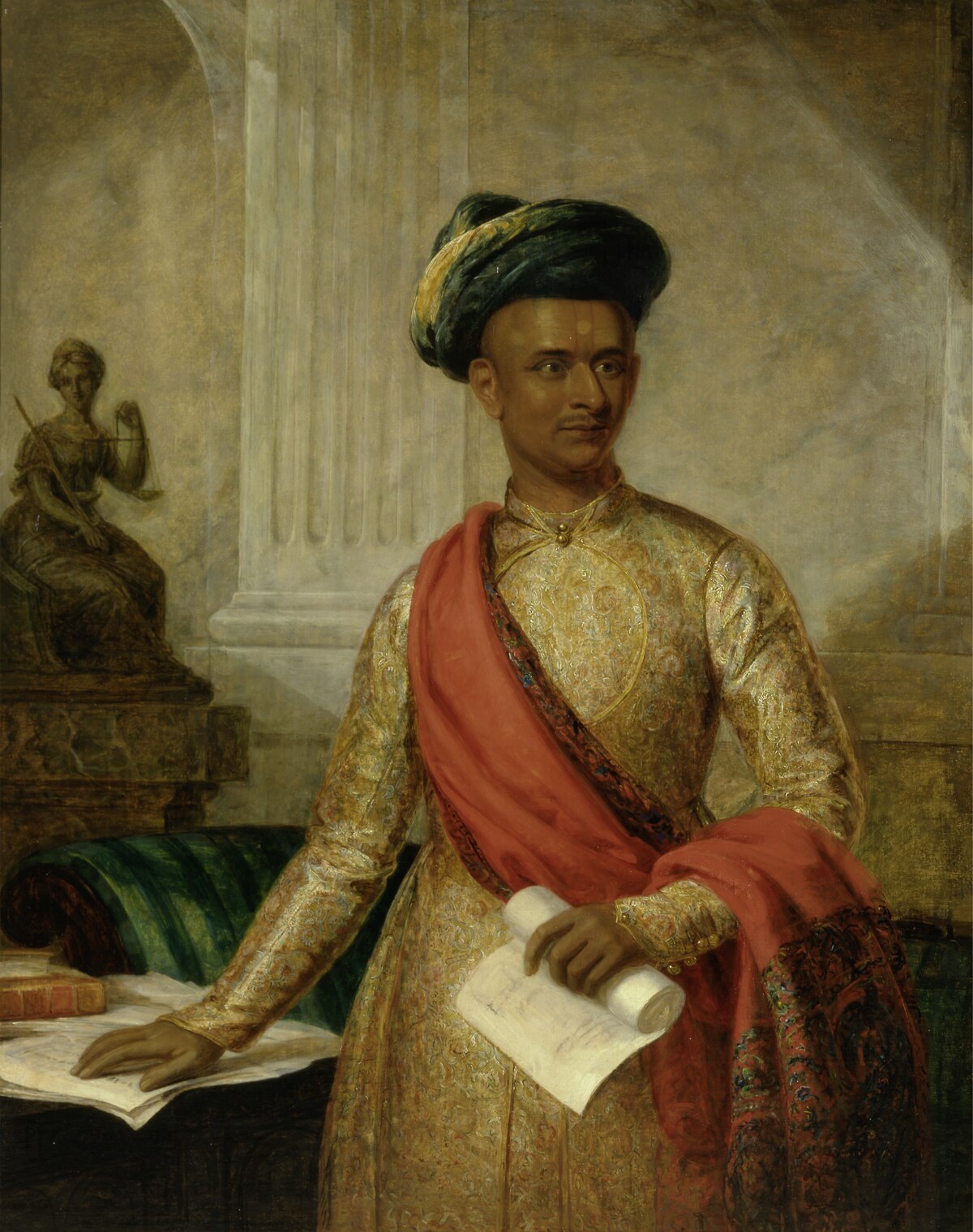
Dewan Purnaiah (1746–1812) was one of the most respected and capable administrators in the history of the Kingdom of Mysore. He served as the Dewan under Hyder Ali, Tipu Sultan, and later under Mummadi Krishnaraja Wadiyar after Tipu's fall in 1799.
Known for his loyalty, foresight, and administrative brilliance, Purniah played a vital role in transitioning Mysore into a stable princely state under the British East India Company's indirect rule, while ensuring the welfare of its people and revival of its economy.
The land, comprising Survey Nos. 39, 42, 43, and 44, was granted as Inam by Mummadi Krishnaraja Wadiyar Bahadur to the Sufi saint and Mashayakh, Hazrat Syed Allauddin Shah Qadri. The saint's ancestor is entombed on this land, where his son, Syed Jamaluddin Shah Qadri Jilani—also known as Zainulla Sahib—constructed a tomb.
Syed Jamaluddin Shah Qadri Jilani was a revered Fakir and saint who served as the trustee (Mutavalli) of the land. Additionally, another dry land mentioned in item no. 2 was gifted by the same royal donor to Hazrath Nawab Safdar Jung, a saintly figure and former Nawab of Arcot.
Historical Connections
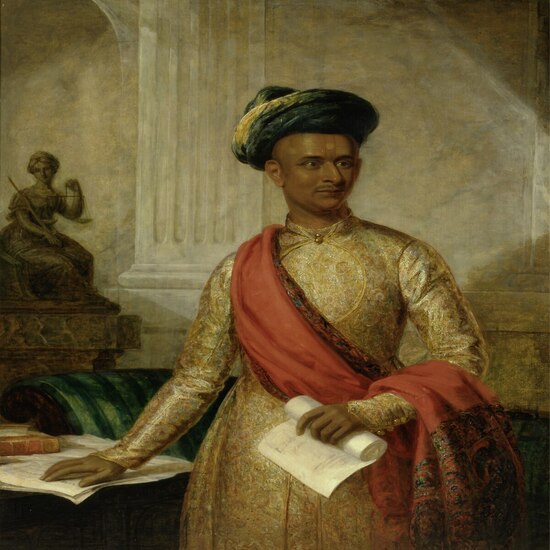

Dewan Purnaiah (1746–1812) was one of the most respected and capable administrators in the history of the Kingdom of Mysore. He served as the Dewan under Hyder Ali.....
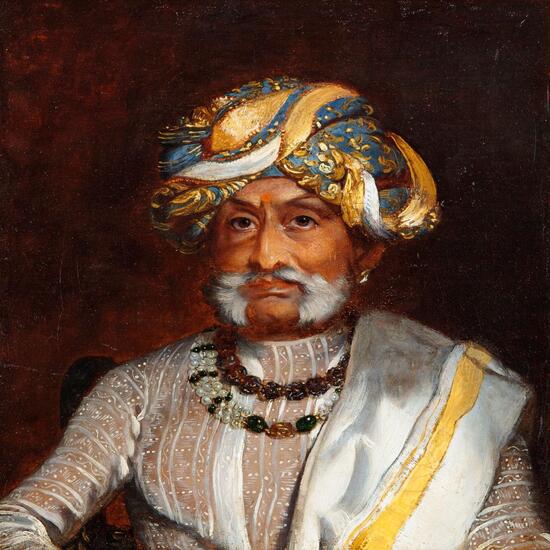

Following the fall of Srirangapatna and the death of Hazrat Tipu Sultan in 1799 during the Fourth Anglo-Mysore War.....
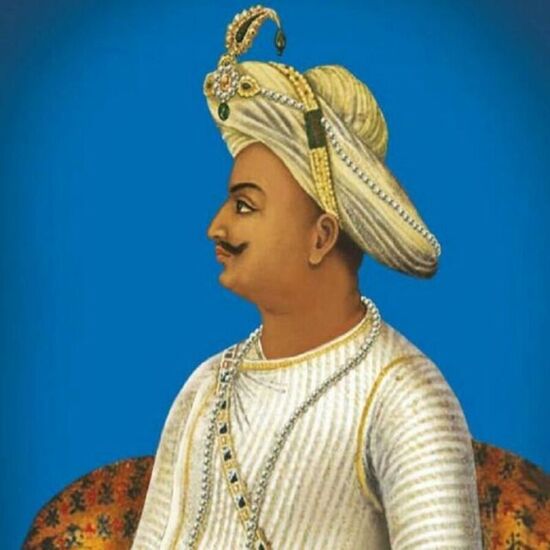

After taking the oath, the Maharaja of Mysore and Dewan Purniah visited the Sufi saint Hazrat Syed Allauddin Shah Qadri.....
Our Events
Spiritual Heir of Hazrat Syed Usman Shah Qadri (RA)

Date of Demise: 11th December 1999
Syed Allauddin Shah Qadri (RA), the beloved son of Hazrat Syed Usman Shah Qadri (RA), carried forth the Qadri spiritual path with wisdom and humility.
During the 63rd Urs Sharif in 2023, sandalwood peash was respectfully offered by his grandson Syed Jamaluddin Shah Qadri (Muntaz).
The 64th Urs in 2022, honoring Hazrat Syed Usman Shah Qadri (RA), was led by Syed Jeelani Shah Qadri and Suhail Pasha Al Qadri, featuring traditional rituals and devotional offerings.
The 65th and 66th Sandal Urs Sharif in 2023 and 2024 were observed at Allauddin Shah Qadri Makan, Bada Makan, NR Mohalla, Mysore, with full family involvement led by Syed Zahruddin Shah Qadri.
As a descendant of Sheikh Abdul Qadir Jilani (RA), Peer Sahib’s family continues to honor the sacred Qadri Sufi lineage, drawing devotees from all walks of life to the holy gathering in Mysore Sharif.
Legacy of Spiritual Leadership
Died: 26th December 1958
Syed Usman Shah Qadri (RA) was a distinguished Sufi saint and spiritual leader. He succeeded his father, Hazrat Syed Badruddin Shah Qadri (RA), as the Gaddi Nasheen after his father's passing on August 5, 1903 (Wednesday, Jummadi al-Awwal 1321 Hijri). The final resting place of his father lies in the blessed premises of Allauddin Shah Makan.
As Gaddi Nasheen, Syed Usman Shah Qadri (RA) continued the mission of spiritual guidance and service. He was blessed with two sons: Syed Ahmad Shah Qadri (Mutavalli) and Syed Allauddin Shah Qadri (popularly known as Peer Sahib), both of whom carried forward the family’s spiritual legacy.
His life was a beacon of devotion, simplicity, and service, remembered with great reverence to this day by followers and devotees.
